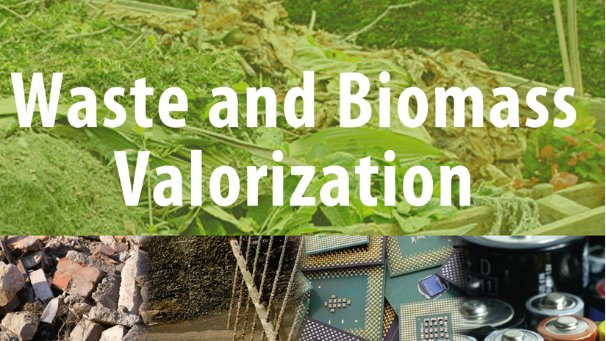Printed Circuit Boards Leaching Followed by Synthesis of Gold Nanoparticle Clusters Using Plant Extracts
IF 2.8
4区 环境科学与生态学
Q3 ENVIRONMENTAL SCIENCES
引用次数: 0
Abstract
Abstract This work investigates the potential of 70% ethanolic leaf extracts of Rubus idaeus L., Cistus ladanifer L. and Erica andevalensis in the metal separation from synthetic unimetallic solutions of different metals and a leachate obtained from the leaching of PCBs. Results from the experiments with unimetallic solutions revealed R. idaeus and E. andevalensis extracts induced separation of more than 95% of the initial Au(III), while C. ladanifer separated ~78% of this metal. Thereafter, application of three plant extracts to real Au bearing leachate obtained from PCBs leaching, revealed about 96, 95 and 90% Au recovery with R. idaeus , C. ladanifer and E. andevalensis extracts, respectively with 15–60% co-removal of Pb and less than 15% of other metals. The reduction of Au(III) ions into Au(0) nanoparticles by R. idaeus extract was confirmed by molecular UV–Visible, and FT-IR analysis showed the involvement of plant secondary metabolites in Au bio-reduction and bio-stabilization. Particles obtained from the application of R. idaeus extract to the leachate were initially analyzed with XRD and results confirmed the presence of Au(0) with contamination of PbSO 4 , which was completely removed by washing with 1 M HCl. Thereafter, results from STEM-EDS analysis showed the presence of Au particles conjugated with organic material and other metals. Consequently, particles were subjected to another washing step with acetone. Afterwards, STEM-EDS showed pure Au microparticle clusters (~0.8 μm) with flower-shaped or apparently cubic morphologies, and HRSTEM showed the tiny nanoparticles (~20 nm), which form the clusters. Graphical Abstract印刷电路板浸出后用植物提取物合成金纳米颗粒团簇
摘要:本文研究了70%乙醇提取物在不同金属合成单金属溶液和多氯联苯浸出液中分离金属的潜力。单金属溶液实验结果表明,idaeus和E. andevalensis提取物对初始Au(III)的分离率超过95%,而C. ladanifer提取物对初始Au(III)的分离率为78%。随后,将三种植物提取物应用于pcb浸出的真实含金浸出液中,结果表明,R. idaeus、C. ladanifer和E. andevalensis提取物对金的回收率分别为96%、95%和90%,Pb的共去除率为15-60%,其他金属的共去除率低于15%。通过紫外可见光谱和红外光谱分析,证实了金银花提取物将Au(III)离子还原为Au(0)纳米粒子的作用,并证实了植物次生代谢产物参与了Au的生物还原和生物稳定。用x射线衍射仪对浸出液中金(0)进行了初步分析,结果证实了金(0)的存在和pbso4的污染,用1 M HCl洗涤完全去除。此后,STEM-EDS分析结果显示,存在与有机材料和其他金属共轭的Au颗粒。因此,颗粒受到丙酮的另一个洗涤步骤。随后,STEM-EDS显示纯金微粒团簇(~0.8 μm),具有花状或明显的立方形态,HRSTEM显示形成团簇的微小纳米颗粒(~20 nm)。图形抽象
本文章由计算机程序翻译,如有差异,请以英文原文为准。
求助全文
约1分钟内获得全文
求助全文
来源期刊

Waste and Biomass Valorization
ENVIRONMENTAL SCIENCES-
CiteScore
7.90
自引率
3.10%
发文量
311
审稿时长
4 months
期刊介绍:
Until the 1990s, technology was the main driver when dealing with waste and residues, the objective being the treatment of waste for (landfill) disposal, storage, and in some cases sorting. In the 1990s, depletion of raw materials and socio-economical concerns supported the direct recycling of waste and residues. However, the direct recycling approach is limited when waste/residues contain significant amounts of pollutants such as heavy metals and organics (VOC, PAH), and when the treatment process to remove/stabilize or destruct the pollutant generates emissions. Due to depletion of natural resources, increasing greenhouse emissions, and awareness of the need for sustainable development in terms of safely reusing waste and biomass, the transformation of waste/biomass to valuable materials and energy (i.e. valorization) is emerging as a strong trend
 求助内容:
求助内容: 应助结果提醒方式:
应助结果提醒方式:


